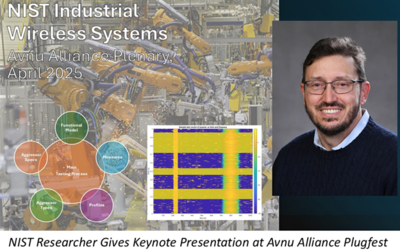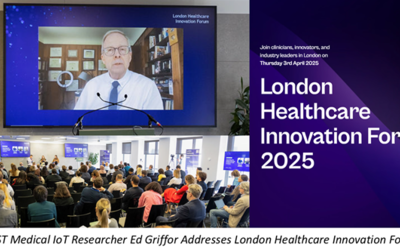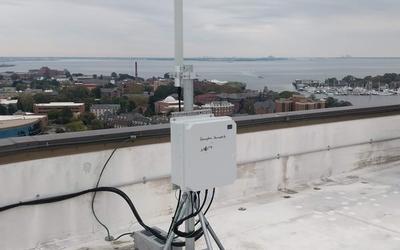Next-generation wireless systems will evolve to meet national needs for increased bandwidth and lowered-access latency, giving rise to new applications, use cases, and businesses, enabling more flexible, integrated functions spanning industry sectors – from manufacturing to transportation to public safety.
The need for accurate channel propagation characterization and antenna calibration is an economic driver for the growth of the U.S. economy. This need has never been greater than it is today--for key enabling technologies for 5G and beyond, including millimeter-wave, massive input massive output antenna systems, and network densification.
Goal: To support wireless system designers, standards organizations, and network service providers including characterization of power-efficient mmWave circuits, measurements and modeling of complicated and dynamic propagation channels, antenna measurement and modeling, and evaluation of spectrum sharing protocols
Program Areas & Objectives
- Metrology for next-generation wireless networks – Includes advancing the measurement science infrastructure and the modeling techniques to inform the development of consensus standards, enable improved spectrum efficiency, use of higher frequencies (mmWave), and improve system performance in dense wireless network deployments. This program consists of several projects including (1) Channel measurement and modeling (in partnership with division 672), (2) Wireless system performance and machine learning, and (3) Communications for IoT. Read More.
- NextG Channel Model Alliance – An open forum grouping representatives from industry, academia, and government to support the development of more accurate, consistent, and predictive channel models for NextG wireless communication systems. Read More
- Public Safety Communications –Involves the development of methodologies, metrics, simulation models, and tools needed to evaluate the performance and suitability of emerging technologies including 5G NR and V2X features for public safety communications. Read More
- Resilient Core Network Technology – works with the internet industry to design, standardize and deploy new technologies to address security and robustness issues in current and future core network infrastructure. Current areas of focus: zero-trust networks and software-defined security, applications of Artificial intelligence and machine learning (AI/ML) to network security, network-centric IoT security, core Internet infrastructure protection, next-gen programmable and virtualized network technologies. Read More








